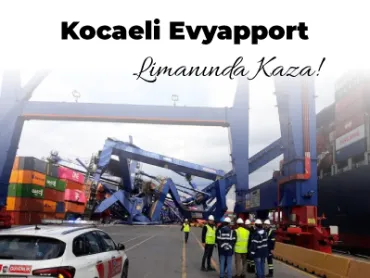
In the first two months of 2024, Suez Canal trade dropped by 50 percent from a year earlier, while trade through the Panama Canal fell by 32 percent, disrupting supply chains and distorting vital macroeconomic indicators.
Over the past few months, global trade has been disrupted by disruptions to two critical shipping routes. Attacks on ships in the Red Sea region have reduced traffic through the Suez Canal, the shortest sea route between Asia and Europe, through which about 15 percent of global maritime trade volume passes typically. Instead, many shipping companies have diverted their ships around the Cape of Good Hope. This extended delivery times by more than ten days on average, hurting companies with limited stocks.

On the other side of the world, a severe drought in the Panama Canal has forced authorities to impose restrictions that have significantly reduced daily ship transits since last October. This has slowed maritime trade through another key chokepoint, which usually accounts for around 5 percent of global maritime trade.
The Chart Of The Week uses data from the PortWatch platform to show the volume of trade passing through these three critical shipping lanes. High-frequency transit forecasts from the platform show that trade through the Suez Canal fell by 50 percent year-on-year in the first two months, while trade through the Cape of Good Hope was an estimated 74 percent above last year's level. Meanwhile, the transit trade volume through the Panama Canal has dropped by almost 32 percent compared to the previous year.
The platform also shows a 6.7 percent year-on-year decline in visits to the 70 ports tracked in sub-Saharan Africa in January and February 2024. Declines in the European Union, Middle East, and Central Asia were 5.3 percent. These declines reflect the temporary effects of longer transit times. If they persist, the ripple effects of these disruptions could temporarily disrupt some supply chains in the affected countries and put upward pressure on inflation (partly due to higher transportation costs).
An important consequence of these shipping disruptions is that official statistics on registered imports (and exports), based on customs records, may be affected by the temporary impact of ship rerouting. This will make it difficult to gauge the underlying momentum of global trade and economic activity in the coming months.
For example, January merchandise trade reports for many countries in Africa, the Middle East, and Europe may suggest that import growth has slowed, as some import data that would normally be recorded in January are only available in February. Therefore, many low-income countries, which derive a significant share of their fiscal revenue from import duties (and export taxes), may report lower-than-expected fiscal revenue for January.
 Back
Back







